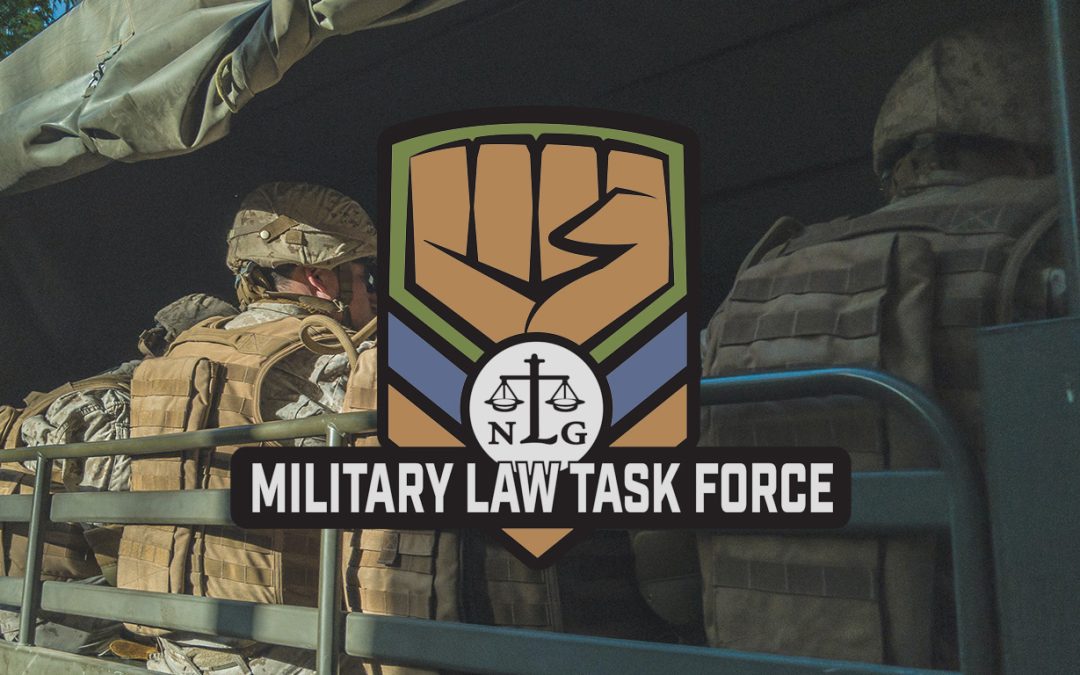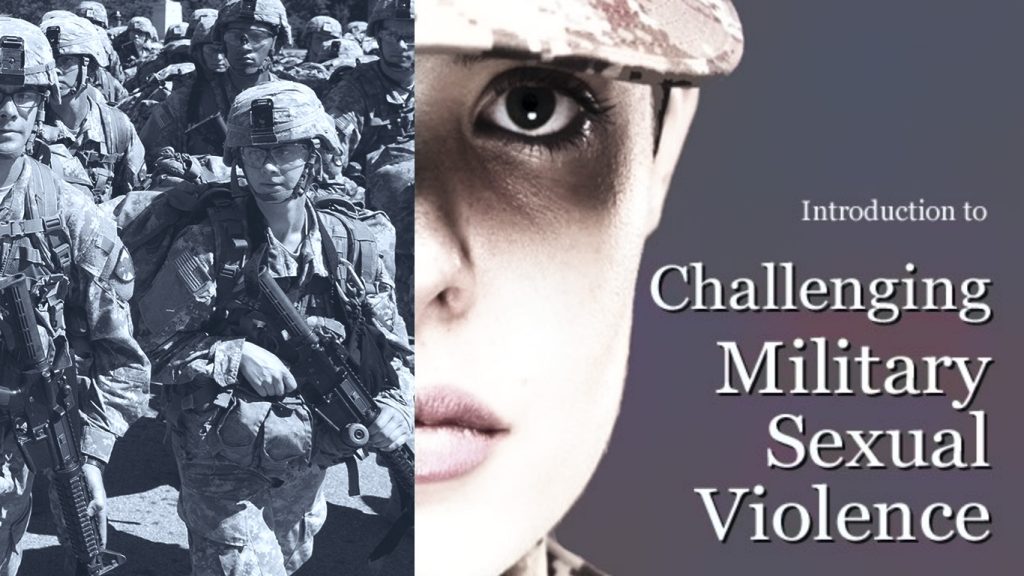By Kathy Johnson and David Gespass
Published in the Winter 2015 issue of On Watch
Despite dramatic changes in social mores and subsequent legislative reforms, capitalism generally, and the U.S. version in particular, has shown a remarkable ability to adapt and morph in the interest of self-preservation. Sometimes, the changes lead to more openness and democratic rights. Other times, they increase repression or deception. At all times, they are intended to insure that the rich stay rich and get richer, sometimes by increasing the income of U.S. workers (generally at the expense of others around the world), more recently by concentrating ever-greater wealth into fewer and fewer hands.
The U.S. capitalist class weathered the anger and ferment of the Great Depression by accepting, often kicking and screaming, New Deal reforms. Of course, World War II, which united many against fascism and helped “revive” the U.S. economy, played a part as well. Capitalists then survived the Civil Rights Movement with various reforms that allowed a small number of African-Americans to climb the economic ladder while leaving the bulk still with the lowest-paying, most dangerous jobs. It had no problem with women’s demands for equality, as ever-greater numbers received advanced and professional degrees while most women’s pay continued to lag behind that of men. So, too, have big corporations embraced domestic partners, implemented anti-discrimination policies and flown rainbow flags in support of the LGBTQ community, positioning themselves as bastions of progress at a time when workers’ wages are stagnant, if not falling, while CEO’s incomes soar.
No one should underestimate or demean the significance of these changes. We will never go back to the days of segregation and, the 2016 Republican presidential primary campaign notwithstanding, the worst forms of overt racism. Women will no longer be confined to the home and dependence on men. Sexual minorities will not retreat back into the closet. But, with it all, the reign of capital has remained steadfast.
The U.S. military has been a prominent part of this faux progress and the chicanery behind it. When Harry Truman issued Executive Order 9981 in 1948, intended to integrate the armed forces, white officers protested, openly and anonymously. In fact, real integration was not accomplished until the Korean War when the need for more troops became manifest. Yet, it did take place, well before integration in civilian society, at least in the South (if not before integration of major league baseball). Since then, the military has been hailed as being in the vanguard of the fight for equality, and African-Americans and other poor people of color are encouraged to join because, presumably, the U.S. military is a complete meritocracy where people can reach their full potential and rise to the highest ranks including (viz. Colin Powell) Chairman (sic) of the Joint Chiefs of Staff.
The truth is, it must be said, more nuanced. While it is undoubtedly true that people of color can advance far up the ranks, particularly as an increasing proportion of members are people of color sucked into defending U.S. imperialism, racism has hardly been excised from the military forces. Nevertheless, it is beyond dispute that integration of military forces was a significant step in securing greater equality for African-Americans in the U.S.
So, too, with gays and lesbians. While Bill Clinton hinted at ending the ban on their service, he was preempted by Colin Powell, who predicted that such a step would undermine the “good order and discipline” the military craves. The result was the notorious “Don’t Ask, Don’t Tell” policy that kept gay and lesbian members closeted but, at the same time, gave them a simple means to get discharged by acknowledging they could no longer keep from being open about their sexual preferences. A generation later, DADT was repealed and, without difficulty, gay and lesbian troops were also integrated into the military. This time, the military forces were a little later to the party than they were over racial integration, but they once again placed themselves in the position of portraying military service as a means for all to “defend the country” when, in reality, it was a means to defend U.S. transnational corporations. Still, it cannot be gainsaid that full integration of gays and lesbians into the military was a great step towards equality.
Women have fought in the US military since the American Revolution. Despite this history the 1994 Combat Exclusion Policy officially prevented women from being assigned to ground combat. Then the recent wars in Iraq and Afghanistan rendered this policy not only obsolete but contrary to what was happening on the ground. Women conducted operations where the potential for engagement in direct ground combat was present, and the situation required every soldier regardless of gender to be ready for combat. Since women were not officially in combat the combat exclusion policy did not reflect the current situation in war. It legalized sex discrimination and helped foster a toxic hostile work environment in which sexual harassment and sexual assault has been allowed to thrive. The combat exclusion policy barred them from serving in assignments that would advance their careers.
On December 3, 2015, Defense Secretary Ash Carter announced that all U.S. military combat positions are open to women. According to Carter the decision allows women to fill about 220,000 jobs that they have been excluded from. He stated, “This means that as long as they qualify and meet the standards, women will now be able to contribute to our mission in ways they could not before. They’ll be able to drive tanks, give orders, lead infantry soldiers into combat.”
This follows on the heels of the first women who became Navy SEALs and is being promoted as another step towards equality, enabling women to rise to the top ranks of the military services, without being hampered by never having been in combat.
This is a change similar to the “change” allowing lesbians, gays and bisexuals to serve openly. No one doubts that gays and lesbians had long served with distinction. Depending on the particular command, such service was more or less open. Similarly, women have fought in the U.S. military in every major conflict since the American Revolution. The aforementioned 1994 Combat Exclusion Policy was the last official policy barring women from assignments which exposed them to ground combat. The wars in Iraq and Afghanistan have made the policy obsolete.
Commanders on the ground have conducted operations on asymmetric battlefields where the potential for engagement in direct ground combat is ever-present, and the absence of a clear line between enemy and friendly territory means that every soldier regardless of gender must be combat-ready. In fact, In Iraq and Afghanistan, U.S. service women have regularly participated in ground combat as members of what the military calls Forward Support Companies (FSCs), Lioness Teams, Cultural Support Teams (CSTs) and Female Engagement Teams (FETs), making the 1994 policy meaningless for all practical purposes, a fact that the media have been trumpeting regularly.
This latest change has some distinctive features. Women have been fighting for equality for a long time and the “women’s liberation” movement of the 1970’s has already won many victories. It is also true that women are, on average, shorter and lighter than men. For that reason, height and weight qualifications for jobs such as police officer or firefighter were found to violate women’s rights to equal employment opportunity since they were unrelated to the actual physical demands of the jobs. So long as someone could carry the equipment, climb the ladders, rescue people from burning buildings and carry out the other requirements, it made no difference if she was 5’10” and 175 pounds or 5’2″ and 120.
Notably, one of the questions posed to the women’s movement during the Vietnam War was whether women wanted to be subject to the draft. The question seems dated now, but just a few decades ago, the idea of women being drafted was almost laughable and the response from most feminists was not that they wanted to be subject to the draft, but that the equality they sought would not allow anyone to be drafted. And one reason the Equal Rights Amendment never became part of the Constitution was the fear that it would mean full integration of women into the armed forces and lead to women dying in combat. Needless to say, women did not require full integration in order to die in Iraq and Afghanistan.
Opposition among male troops to women serving on a basis of equality recapitulated the opposition to African-Americans and gays, albeit with a specific focus on women’s biology. So, many men said, they are not strong enough or they would not be able to handle the strain or their periods would interfere with doing their jobs or they will get pregnant and leave. There was always, as well, the old reliable plaint that their presence would undermine cohesion and morale. These predictions are reminiscent of those that were made about women in the work force generally when Title VII was first enacted and have long since been proven false in other contexts.
Thus, the announced change in policy for women really does little more than say that the military is now going to comply with the requirements of Title VII that other employers, both public and private, have been subject to for decades. Yet it, too, has its duality. While it is perhaps long overdue – even longer overdue than scrapping of DADT for full equality – it is a welcome acknowledgment that women should not be constrained by their gender but only by their ability to do a job. At the same time, it means that women will now, as African-Americans and gays before them, be able to serve U.S. imperialism on a more equal basis.
The change will certainly not eliminate the problem of sexual assault in the military. That problem (the term “problem” is really a euphemism for something else, perhaps “scourge” or “epidemic”) is a reflection of military culture, just as much as is racism. Phil Ochs, in “Cops of the World,” sang:
We’re hairy and horny and ready to shack
And we don’t care if you’re yellow or black
So take off your clothes and lay down on your back
‘Cause we’re the cops of the world, boys,
We’re the cops of the world
And therein lies the essence of all these “advances” in the military services. They all serve the end of advancing U.S. imperial interests and those interests consign the great majorities of women, people of color, LGBTQ people and, indeed, all the poor, exploited and oppressed, to subjects to kneel at the feet of U.S. transnational corporations. While we can applaud the gains that are made, we can never lose sight of the reasons for such concessions, nor can we lose sight of the fact that the mission of the U.S. military, however egalitarian it becomes internally, is to capitalize, as it were, on divisions among the poor and oppressed. Its mission, and thus its culture, is anti-egalitarian and anti-liberation. None of these advances can be any more than partial and incomplete and “service” in the U.S. fighting forces will never be in defense of liberty without a fundamental change in this country.
Kathy Johnson and David Gespass are founding members of the MLTF and currently serve on the Steering Committee.



